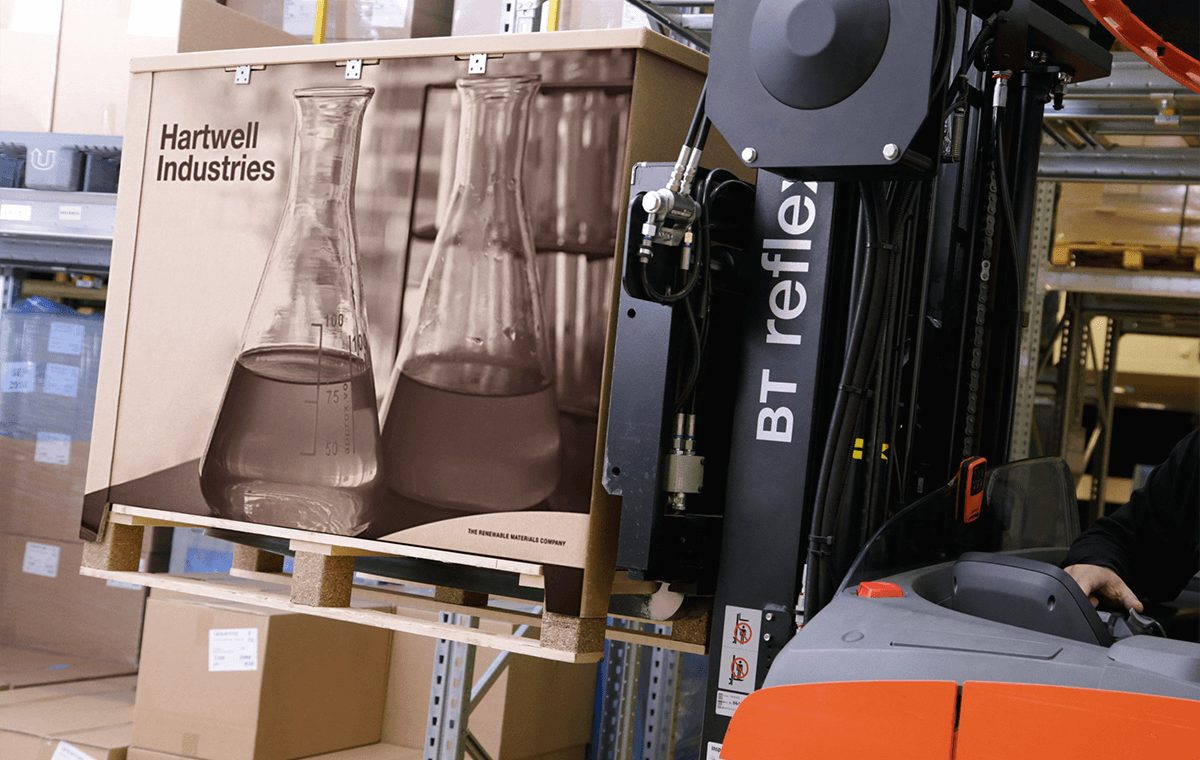Plastic Container Manufacturer Quality: Crafting Solutions for You
Plastic Container Manufacturer Quality: Crafting Solutions for You
Blog Article
Efficient Industrial Recycling Solutions for Lasting Packaging: A Comprehensive Guide
That's where this thorough guide on efficient commercial recycling solutions for sustainable packaging comes in. By discovering crucial areas such as product packaging product choice, developing for recyclability, applying recycling facilities, working together with recycling partners, and tracking and measuring reusing success, this overview will furnish you with the knowledge and tools required to make informed choices and drive favorable change within your company. Whether you're a product packaging expert, sustainability supervisor, or simply interested in the subject, this overview will certainly offer important understandings and strategies to assist you navigate the world of lasting product packaging.
Product Packaging Product Choice
The option of product packaging materials plays a vital role in making sure the sustainability of industrial recycling solutions. The choice of products is essential in decreasing ecological influence and making best use of reusing efficiency when it comes to lasting product packaging. Choosing the appropriate products can aid lower waste generation, save sources, and promote a circular economic situation.
One crucial factor to take into consideration in product packaging product choice is recyclability - bulk container recycling. Materials that can be easily recycled and integrated back right into the manufacturing cycle are chosen. Products like cardboard, paper, glass, and particular types of plastics can be recycled several times without losing their high quality. On the various other hand, materials that are hard to reuse, such as mixed plastics or non-recyclable composites, can develop difficulties for the reusing process and might end up in burners or garbage dumps.
Another consideration is the usage of naturally degradable and eco-friendly products. Packaging made from sustainable sources, such as plant-based plastics or biopolymers, can aid lower dependence on nonrenewable fuel sources and mitigate climate modification. In addition, biodegradable products damage down normally in time, reducing the accumulation of waste in landfills.
Moreover, the weight and volume of packaging products ought to be lessened to decrease transport prices and energy intake. Light-weight materials not just call for fewer sources throughout manufacturing however also add to lower carbon exhausts throughout transportation.
Creating for Recyclability
Packaging designers need to focus on the usage of products that are extensively approved for recycling and have developed recycling frameworks. Materials such as glass, light weight aluminum, and particular types of plastic, like Family pet and HDPE, are typically recycled and need to be preferred over materials that are pricey or hard to reuse.
An additional vital factor to consider in designing for recyclability is the elimination of unneeded parts or products. By minimizing the variety of layers, finishings, and additional components, product packaging can be made simpler and easier to recycle. In addition, designers should intend to minimize making use of blended products, as they can complicate the recycling process.

Implementing Recycling Framework
Effective application of recycling facilities is crucial for the success of commercial reusing solutions. Without appropriate infrastructure in area, the recycling process ends up being inefficient and inadequate, preventing the overall objective of sustainable product packaging.
To implement recycling framework efficiently, numerous key aspects require to be considered. There ought to be an efficient collection system that facilitates the separation and collection of recyclable materials. This can consist of marked reusing bins in public rooms, as well as partnerships with waste management business for curbside pick-up and sorting.
Once collected, the recyclable materials need to be carried to reusing centers in a prompt manner. This requires efficient logistics and transportation networks, guaranteeing that the products get to the ideal centers without hold-up.
At the reusing facilities, progressed sorting and processing technologies need to remain in area to divide different types of products properly. This consists of making use of automated arranging equipments, optical scanners, and hand-operated sorting strategies.
In addition, there need to be a durable market need for recycled products. This can be achieved with partnerships with makers and markets that utilize recycled materials in their manufacturing procedures. Producing a secure market for recycled products incentivizes the recycling sector and promotes the round economic climate.
Working Together With Recycling Partners

One key facet of teaming up with reusing companions is the facility of clear interaction channels. It is crucial to develop open lines of communication to promote the exchange of information, updates, and comments. This permits both events to remain educated concerning the progress of reusing initiatives and resolve any kind of challenges or issues that might arise.
Additionally, partnership can entail collaborations in carrying out and designing recycling programs. Reusing partners can give useful insights and guidance in establishing efficient collection systems and figuring out the most proper recycling innovations. By collaborating, companies and reusing partners can enhance the reusing process and lessen waste.
Moreover, partnership can expand beyond the functional aspects of recycling. It can additionally encompass advocacy and education and learning initiatives. By joining pressures, organizations and recycling partners can elevate understanding concerning the significance of recycling and advertise the fostering of you can try this out lasting product packaging methods among consumers and various other stakeholders.
Tracking and Measuring Recycling Success
To make sure the performance of commercial reusing services and the accomplishment of sustainable packaging objectives, it is essential for organizations and their recycling companions to develop a thorough system for tracking and determining recycling success (industrial metal packaging). Determining and tracking recycling success enables organizations to evaluate the effect of their recycling efforts, identify areas for improvement, and established meaningful targets for future progression
One means to track reusing success is through the use of data collection and analysis devices. By accumulating information on the quantity of product packaging waste created, the percent of waste that is reused, and the sorts of products being recycled, services can obtain important understandings right into their recycling performance. This information can after that be evaluated to determine trends, patterns, and locations of inefficiency.
One more important element of monitoring and determining recycling success is developing standard and clear metrics. try this website This permits organizations to contrast their performance against sector criteria and track their progression gradually. Metrics such as recycling rates, waste diversion prices, and greenhouse gas discharges can provide a quantitative step of a company's reusing success.

Final Thought
To conclude, carrying out effective commercial recycling options for sustainable product packaging requires cautious consideration of product packaging material option, designing for recyclability, executing recycling infrastructure, teaming up with recycling partners, and tracking and gauging recycling success. By including these methods, businesses can add to an extra sustainable and environmentally-friendly method to product packaging, minimizing waste and advertising the circular economic situation.
By checking out vital areas such as product packaging material choice, creating for recyclability, implementing recycling framework, collaborating with reusing partners, and monitoring and gauging recycling success, this guide will equip you with the understanding and devices required to make enlightened choices and drive favorable change within your organization. Product packaging developers should prioritize the usage of materials that are extensively approved for reusing and have established recycling facilities.Cooperation with reusing partners is vital for the effective execution of commercial reusing services and the achievement of sustainable packaging goals. By pop over to this site signing up with forces, services and recycling partners can elevate understanding concerning the importance of recycling and promote the adoption of lasting packaging methods amongst customers and various other stakeholders.
By accumulating information on the quantity of product packaging waste created, the percent of waste that is reused, and the kinds of products being recycled, organizations can obtain beneficial understandings right into their reusing efficiency.
Report this page